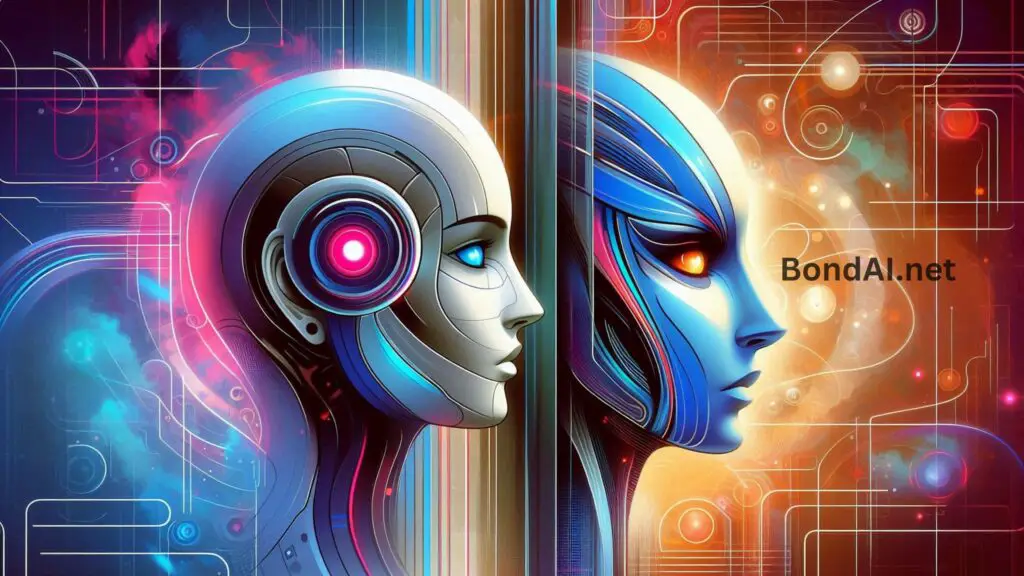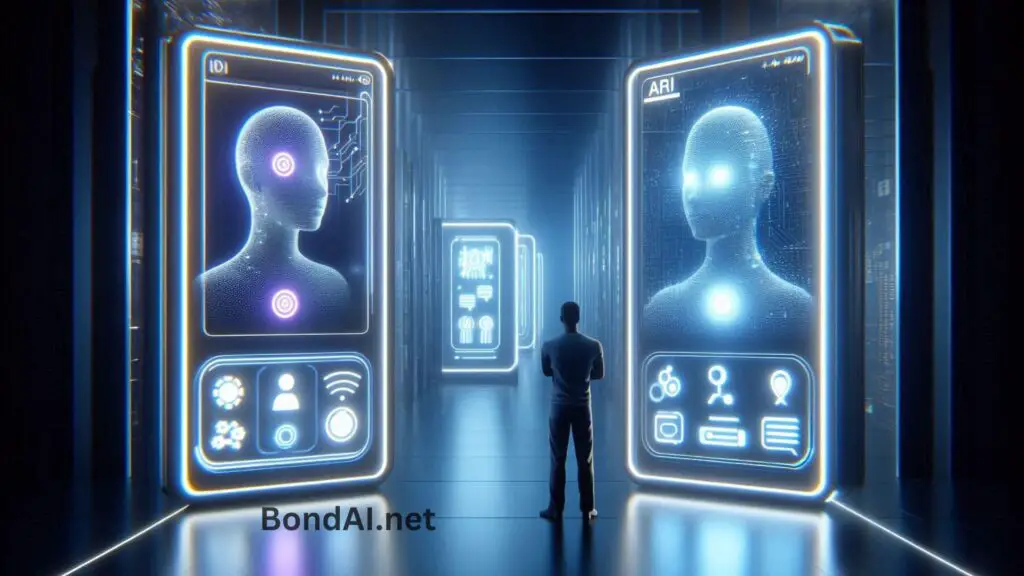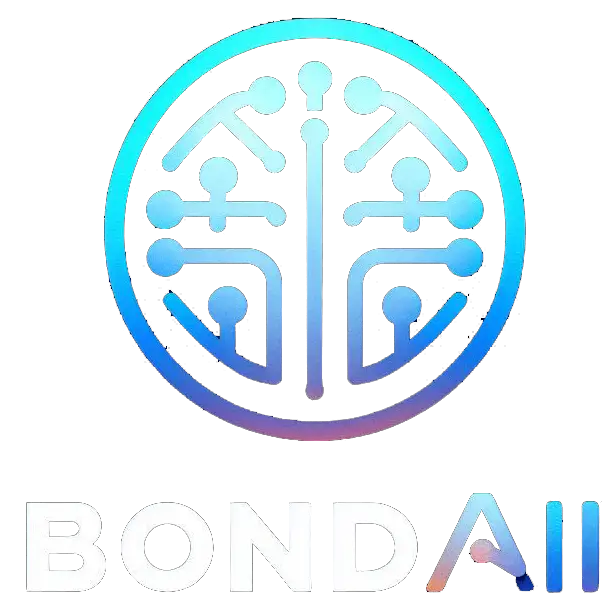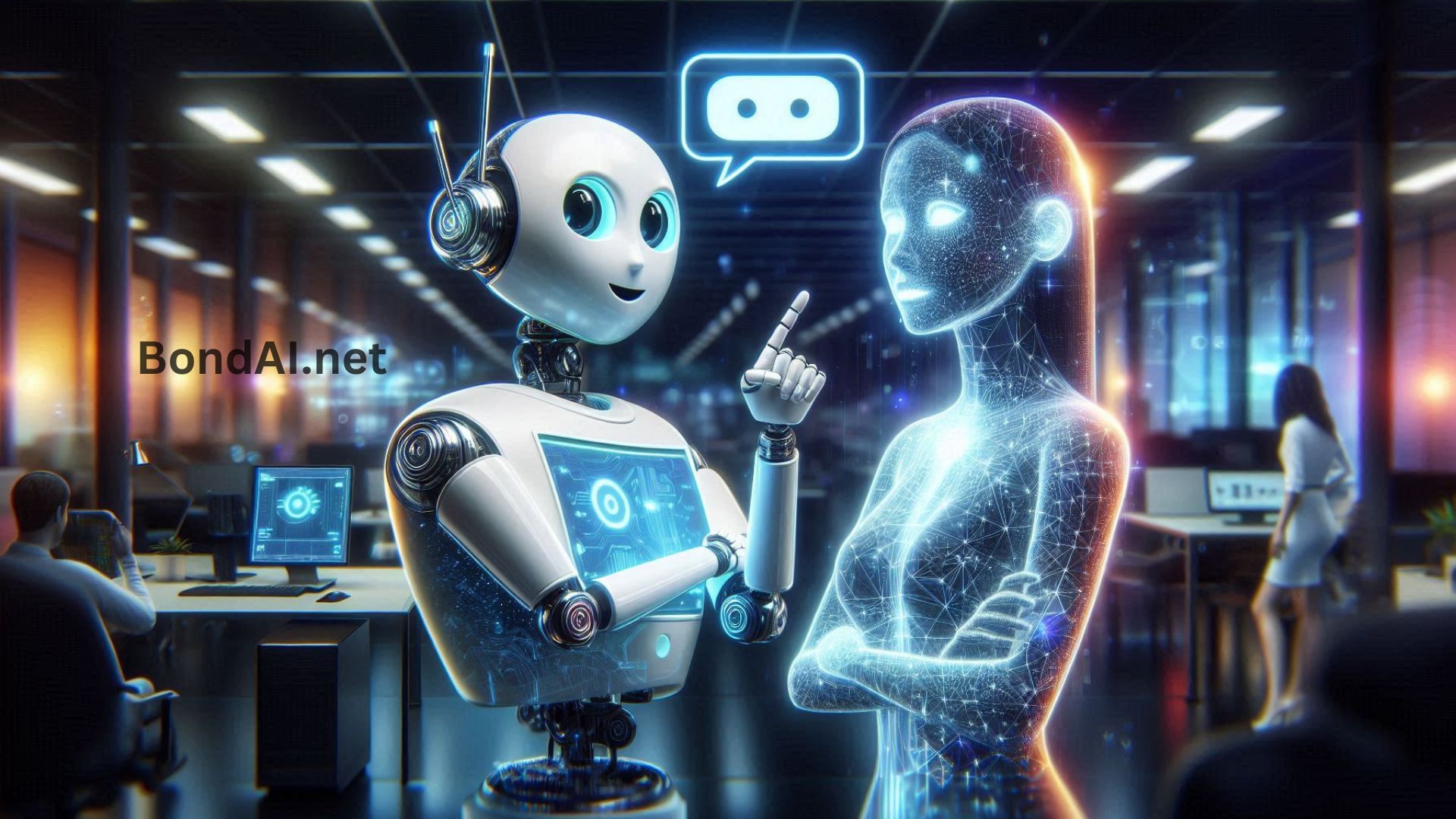Bard and ChatGPT are both AI text generators that allow you to type in requests or prompts using natural language, and they’ll respond in a way that feels like a conversation with a human. While both are generative AI tools with similar abilities, they come from different companies, so you might notice some differences when you compare them.
In this article, we’ll dive into these differences and similarities, and help you figure out which one—Bard or ChatGPT—might be the best fit for your needs.
Bard vs. ChatGPT
Here’s a quick comparison between Bard and ChatGPT:
| Feature | Bard | ChatGPT |
|---|---|---|
| Creator | OpenAI | |
| Language Model | Pathways Language Model (PaLM 2) | Generative Pre-trained Transformer (GPT) |
| Data Sources | Google’s Infiniset, including web pages (like Common Crawl and Wikipedia), scientific papers, math equations, and both human and programming languages | Information publicly available on the internet (like Common Crawl and Wikipedia), licensed third-party data, human-provided info |
| Price | Free | Free basic version or $20/month for ChatGPT Plus |
The biggest difference between Bard and ChatGPT is the company behind them—Bard is Google’s AI, while ChatGPT comes from OpenAI. All other differences stem from each company’s priorities, preferences, and goals.
Let’s take a closer look at how these tools compare!
Also Read: How is AI Shaping the Future of Education?
Differences between Bard and ChatGPT
Google and OpenAI’s approaches to their AI tools lead to some subtle differences between their otherwise similar products. Let’s take a closer look at these differences.

Data Sources
Both Bard and ChatGPT are large language models (LLMs), which means they use vast amounts of data to process inputs and generate outputs. The way they understand and respond to your prompts depends on the data they’ve been trained on.
Bard and ChatGPT are trained on different sets of data:
- Bard is trained on Infiniset, Google’s private dataset. While some parts are kept secret, we know it includes the Common Crawl dataset (a large collection of web data), Wikipedia, scientific papers, math equations, and both human and programming languages.
- ChatGPT uses publicly available internet data (including Common Crawl and Wikipedia), along with licensed and human-provided information. The free version of ChatGPT is trained on data from 2021 and earlier, while the paid version has more up-to-date information. OpenAI, however, doesn’t fully disclose all the sources it uses for training.

User Experience
One of the first differences you’ll notice is the user experience. Both Bard and ChatGPT have simple, easy-to-use chat interfaces with clear spaces to type your prompts and large areas for the conversation. They also both offer a chat history feature to look back at previous interactions.
But there are some features Bard has that ChatGPT doesn’t currently offer:
- More input options: With Bard, you can use speech-to-text by speaking your prompt and even upload an image. ChatGPT only lets you type your prompt.
- Multiple drafts: Bard provides three drafts in response to your prompt, while ChatGPT typically only offers one response with the option to regenerate it.
- Text-to-speech: Bard can read its responses aloud to you, while ChatGPT does not have this feature.
- Response customization: Bard lets you modify its responses. You can ask for a shorter, longer, simpler, or more formal version. You can also click the “Double-check response” button to verify its information with Google search.
- Google integrations: Bard connects directly to your Google account, so you can export responses to Google Docs or Gmail. ChatGPT Plus can integrate with plugins, but it doesn’t have the same direct Google connections.
- Prompt editing: If you want to change your prompt, Bard lets you edit it after submission. ChatGPT doesn’t allow prompt editing, but you can still rephrase or ask follow-up questions.
- Source attribution: Bard can tell you where it got its information, so you can see the sources it used for the answer. ChatGPT doesn’t offer this feature.
- Internet search: The free version of ChatGPT can’t search the web for real-time data, but Bard can. For example, if you ask for the best tacos in Austin, Texas, Bard gives you results based on user ratings and even shows a Google Maps image with the top spots. ChatGPT, on the other hand, can only give results based on older data.
Both tools are powerful in their own right, but these differences may make one better suited to your needs depending on what you’re looking for!

Also Read: How to Use AI to Improve Online Shopping Experiences?
Which is better: Bard or ChatGPT?
Overall, people often say that Bard is better for research, while ChatGPT shines when it comes to generating text.

Even though Bard offers more free features, which can be really helpful, the choice between the two depends on what you need. Users appreciate that Bard can pull in real-time information and even cite its sources. On the other hand, ChatGPT is more popular for generating content like articles and emails.
But keep in mind, both Bard and ChatGPT are powered by rapidly evolving tech, and Google and OpenAI regularly update their AI tools. The best way to figure out which one works for you is to try both and see which one suits your needs the most!

